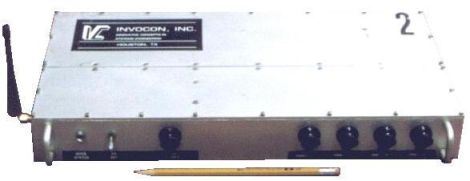Historical

The system was initially designed for the U.S. Department of Transportation as an experimentation tool to evaluate the performance of bridge structures under transient loads. This system acquired data from low and high level sensors to measure stress/strain, vibration, and temperature data at up to 60 points on the bridge structure.
Each remote data gathering and communications unit incorporated asynchronous two-way radio communication that operated at a data rate of 121 Kilobits/second. Also included in each remote unit were functions for data acquisition, 16-bit A/D conversion, and a computer for processing and remote unit control, and “smart” network control functions.
The artificial intelligence network control, embedded in the system software, allowed for system control and configuration from a remote location. The system incorporated a unique communications capability that allowed each remote unit to not only collect sensory data, but also act as a relay for every other unit in the system. This unique system feature permitted remote monitoring over a large area where each unit does not have a line-of-sight view to the central data collection unit. The central unit had the same physical package as the remote units and interfaced via a parallel port to a standard PC.
The system has been sold on a commercial basis to certain universities conducting bridge-monitoring research.
